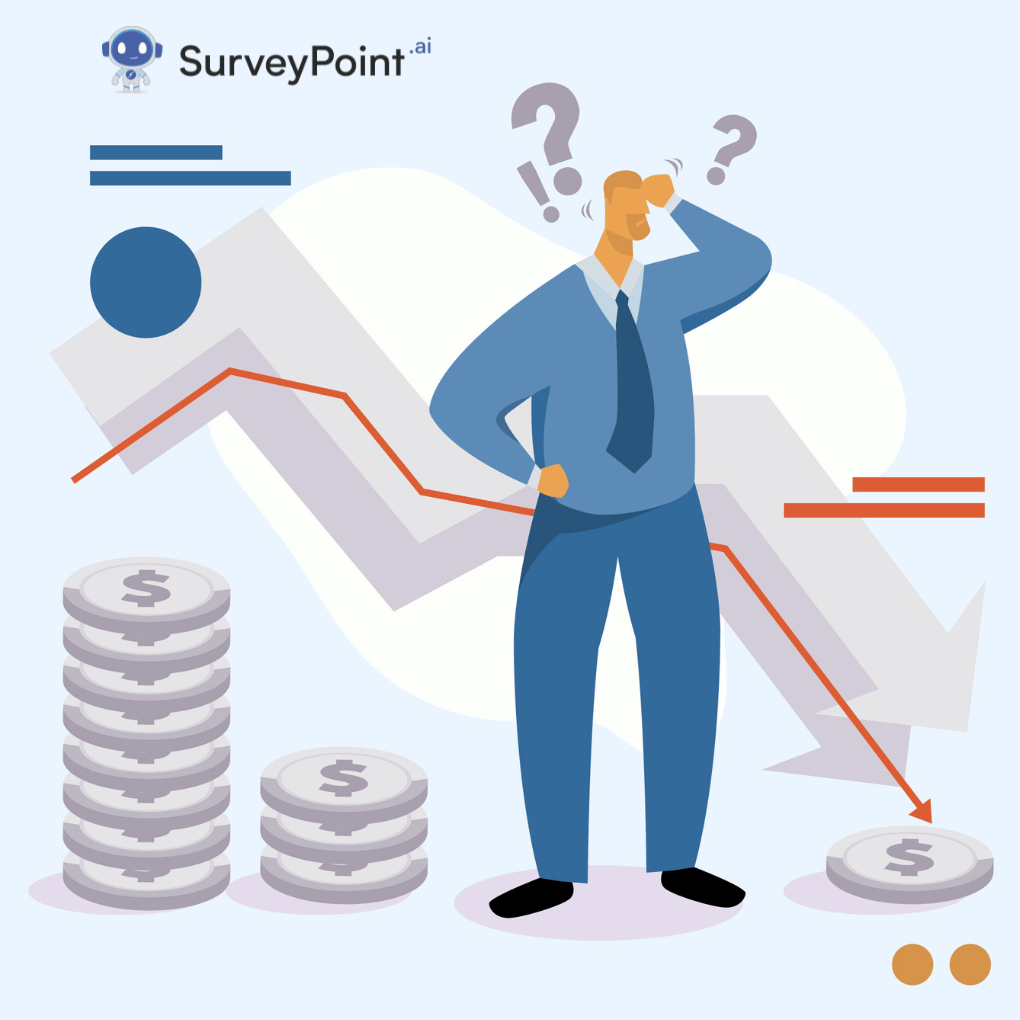
In today’s complex financial environment, understanding your financial position is essential to making smart decisions. Whether you’re an individual managing personal finances or a business seeking growth opportunities, recognizing the financial advantages or disadvantages in any given situation can help you stay ahead.
In this blog, we’ll delve into the key ways to evaluate financial advantages and disadvantages, both personally and professionally. We will cover various aspects, from assessing assets and liabilities to understanding market trends and investment opportunities. By the end, you will have a clear roadmap to make informed financial decisions.
Understanding Financial Advantage and Disadvantage
Financial advantage typically means more than simply having a high income. It is the balance between income, expenditures, assets, and liabilities. A person or business with fewer liabilities and more opportunities for income and investment growth is at a financial advantage. On the other hand, high debt, poor savings, or unfavourable market conditions can put you at a financial disadvantage.
Financial advantage may also come from external factors like favorable market trends, low interest rates, or sound government policies that benefit certain industries. Understanding both internal (personal or business) and external (market or economy) factors helps identify financial positions better.
Personal Finance: Evaluating Your Financial Position
- Assessing Income vs. Expenses
The first step in evaluating your financial position is understanding your income-to-expense ratio. Income includes salary, bonuses, freelance earnings, or any passive income sources like investments. Expenses, on the other hand, include monthly bills, debt payments, and discretionary spending.
Tracking your income versus expenses through budgeting software or apps allows you to pinpoint areas where you can reduce spending or find savings. If you find your expenses consistently outpace your income, it signals a financial disadvantage.
- Managing Debt: Good Debt vs. Bad Debt
Not all debt is bad. Good debt, like mortgages or student loans, can help you build wealth over time. Bad debt, such as high-interest credit cards, can diminish your financial standing. Understanding the difference and managing debt responsibly ensures that you leverage financial advantages while avoiding pitfalls.
- Importance of Savings and Investments
Having a safety net of savings can provide an immediate financial advantage during tough times, such as job loss or unexpected expenses. Additionally, investments in stocks, bonds, or real estate can grow wealth over time. The absence of either makes one vulnerable to financial disadvantage, as savings offer protection and investments provide growth.
- Net Worth Calculation
Net worth is a simple yet powerful measure of financial advantage. It’s the difference between what you own (assets) and what you owe (liabilities). Calculating and tracking your net worth gives you a clear picture of your financial health. An increasing net worth signals financial growth and advantage, while a declining net worth signals potential disadvantages.
Business Finance: Finding Competitive Advantage
- Analyzing Cash Flow
Cash flow is the lifeblood of any business. Positive cash flow allows businesses to invest in new projects, pay off debt, and handle unexpected expenses. Conversely, negative cash flow can quickly lead to financial trouble, making it harder to meet obligations and find growth opportunities.
- Profit Margins and Cost Control
One of the key financial advantages for businesses lies in maintaining strong profit margins. Businesses should regularly review operating costs and explore cost-cutting measures, such as negotiating with suppliers or adopting efficient technology to maintain profitability.
- Understanding Financial Ratios
Financial ratios, such as liquidity, profitability, and leverage ratios, help businesses determine their financial strength. For example, a high debt-to-equity ratio may indicate a financial disadvantage, while a solid return-on-equity ratio can signal financial advantage.
- Leveraging Financial Statements
Key financial statements, including the balance sheet, income statement, and cash flow statement, offer crucial insights into a business’s financial health. A thorough analysis of these documents helps identify both areas of advantage and potential risks.
Investment Decisions: Maximizing Financial Gains
- Risk vs. Reward Analysis
Every investment carries some level of risk, but understanding the risk-reward balance can help you make smarter decisions. Investments with high potential returns, such as stocks or startups, come with higher risks. Low-risk investments like government bonds may offer smaller but more stable returns.
- Diversifying Investments
A diversified investment portfolio spreads risk across various asset classes, reducing exposure to any single investment’s failure. Proper diversification is a critical component of finding financial advantage while minimizing potential disadvantages.
- Identifying Market Opportunities
Staying informed about current market trends, emerging industries, and new technologies can offer financial advantage by identifying growth areas for investment or business development.
Tools and Techniques to Identify Financial Position
- Financial Planning Software
Various financial planning software tools allow you to assess your income, expenses, investments, and overall net worth. These tools make it easier to identify areas where you can reduce liabilities or boost assets.
- Hiring Financial Advisors
If managing finances feels overwhelming, hiring a financial advisor can help you develop a plan to capitalize on financial advantages and mitigate disadvantages.
- Using SWOT Analysis
A SWOT analysis (Strengths, Weaknesses, Opportunities, Threats) can be an effective tool for both individuals and businesses to identify their financial positions and strategize for improvement.
- Conducting a Cost-Benefit Analysis
This technique involves weighing the potential benefits of a financial decision against its costs. Cost-benefit analysis helps ensure that you maximize financial gains while minimizing losses.
Steps to Gain Financial Advantage
- Set Financial Goals
Having clear financial goals gives you direction and purpose. Whether it’s saving for retirement or expanding your business, setting and pursuing realistic goals leads to financial advantage.
- Create a Budget and Stick to It
A well-structured budget helps you live within your means, reduce unnecessary expenses, and save for the future.
- Continuous Financial Education
The financial landscape constantly evolves. Staying updated on new investment opportunities, tax laws, and financial tools will keep you at a financial advantage.
- Avoid Emotional Financial Decisions
Making financial decisions based on emotions rather than facts often leads to disadvantage. Develop a rational, well-researched approach to all financial matters.
Common Mistakes That Lead to Financial Disadvantage
Ignoring Cash Flow Management
Failing to monitor cash flow can quickly lead to financial difficulties, whether for an individual or a business.
- Over-Leveraging Debt
Taking on too much debt, especially high-interest loans, can trap you in a cycle of payments, limiting your ability to invest and grow.
- Neglecting to Diversify Investments
Relying on a single investment or revenue source increases your risk. Diversification is key to maintaining financial stability.
- Poor Tax Planning
Ignoring tax implications can lead to unexpected liabilities. Proper tax planning allows you to take advantage of deductions and credits, improving your financial position.
Conclusion
Finding financial advantage or avoiding disadvantage requires a proactive and informed approach. By analysing income, expenses, investments, and economic factors, both individuals and businesses can develop strategies to enhance their financial well-being. The key lies in continuously educating yourself, making informed decisions, and adapting to changing financial landscapes.
Whether it’s personal finance or business strategy, understanding the nuances of financial advantage and disadvantage empowers you to navigate challenges and seize opportunities. With the tools and insights from this guide, you’re well-equipped to take control of your financial future.




